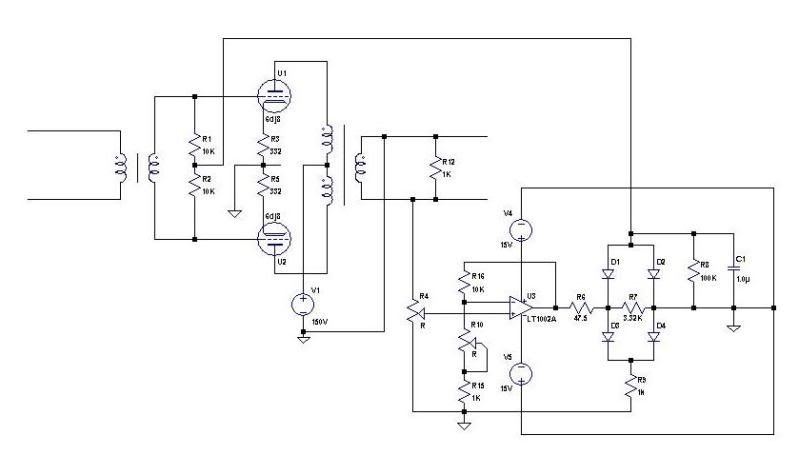strangeandbouncy
Well-known member
Dear PRR,
Thank you, as always. I understand now, but am a bit stumped as to the "floating" bit. if I use a transformer on the input of a HiFi amp, would that float it? Or would I need an output transformer instead/as well?
edit. come to think of it, would a bridged amplifier be floating?
KIndest regards,
ANdyP
Thank you, as always. I understand now, but am a bit stumped as to the "floating" bit. if I use a transformer on the input of a HiFi amp, would that float it? Or would I need an output transformer instead/as well?
edit. come to think of it, would a bridged amplifier be floating?
KIndest regards,
ANdyP



